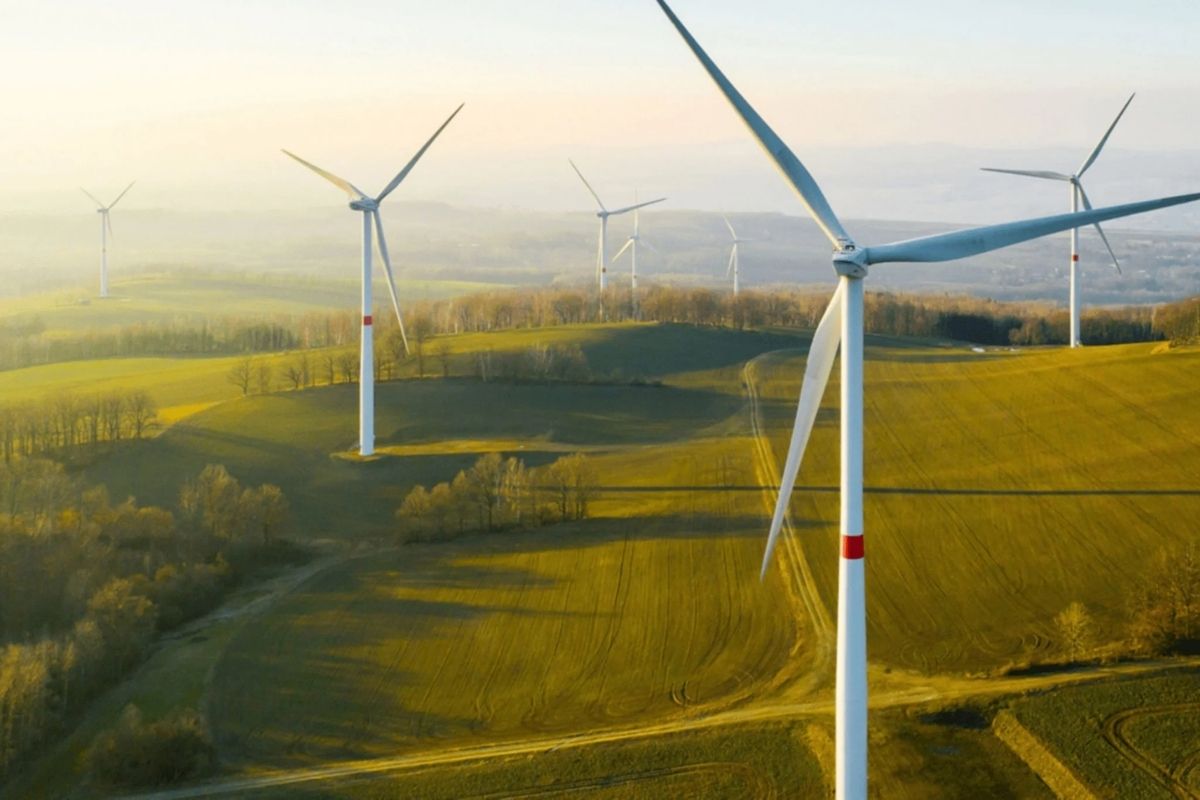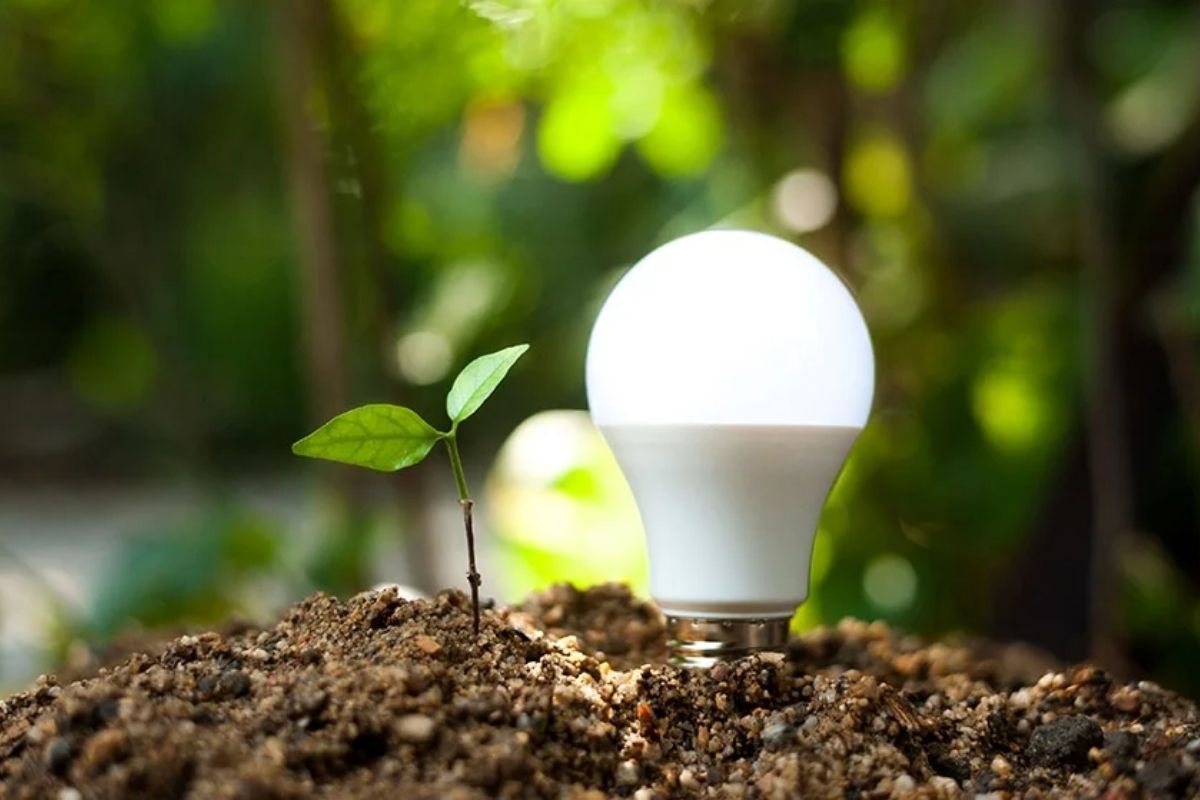The transition to renewable energy in the United States is accelerating at an unprecedented pace. With growing concerns over climate change, energy security, and economic sustainability, the country is making significant strides in adopting cleaner and more efficient energy sources. However, despite the progress, numerous challenges remain. This article explores the current state of renewable energy in the US, the challenges it faces, and the opportunities that lie ahead.
The Current State of Renewable Energy in the US
The US has been steadily increasing its reliance on renewable energy sources such as solar, wind, hydro, and biomass. According to the U.S. Energy Information Administration (EIA), renewables accounted for approximately 20% of the country’s total electricity generation in 2023. Among these sources:
- Wind energy contributed around 9.2% of total electricity generation.
- Solar power accounted for nearly 4.5%, with rapid growth in utility-scale and residential installations.
- Hydropower remained stable at about 6.2%, serving as a consistent energy source.
- Biomass and geothermal made up the remaining share, offering alternative solutions to fossil fuels.
Government policies, technological advancements, and private sector investments have been pivotal in this transition. The Inflation Reduction Act (IRA) of 2022, for example, has provided substantial tax credits and incentives for renewable energy projects.

Challenges Facing Renewable Energy Development
Despite the positive momentum, several barriers hinder the full-scale adoption of renewable energy in the US:
1. Grid Infrastructure and Storage Limitations
One of the biggest challenges is the outdated energy grid, which was primarily designed for centralized fossil fuel-based power generation. The intermittency of wind and solar energy necessitates advancements in energy storage technologies, such as batteries and smart grid systems, to ensure a reliable power supply.
2. Regulatory and Policy Hurdles
Renewable energy projects often face bureaucratic delays due to permitting and zoning laws. For instance, large-scale wind farms require extensive environmental impact assessments, which can slow down development timelines. Additionally, inconsistent state policies create a fragmented approach to renewable energy adoption.
3. Cost and Economic Viability
Although renewable energy costs have declined significantly over the past decade, initial capital investment remains high. Wind and solar farms require substantial financial backing, and smaller businesses or communities may struggle to afford the upfront costs despite long-term savings.
4. Public and Political Resistance
Certain renewable projects face opposition from local communities due to aesthetic concerns, land use conflicts, and misinformation about their environmental impact. Additionally, political shifts can influence federal and state policies, creating uncertainty for investors.

Opportunities for Growth and Expansion
Despite these challenges, the future of renewable energy in the US remains promising. Several opportunities can accelerate its expansion:
1. Advancements in Energy Storage Technologies
Breakthroughs in battery storage, such as lithium-ion and solid-state batteries, are making renewable energy more reliable. Investments in pumped hydro storage and hydrogen fuel technology also offer potential solutions to address intermittency issues.
2. Grid Modernization and Smart Technologies
Upgrading the energy grid with smart meters, AI-driven energy management systems, and decentralized microgrids can enhance efficiency and reliability. These improvements will allow for better integration of renewable energy sources into the national grid.
3. Federal and State Incentives
Policies such as the Clean Energy Production Tax Credit (PTC) and Investment Tax Credit (ITC) continue to support renewable energy developers. State-level renewable portfolio standards (RPS) also drive adoption by requiring utilities to obtain a certain percentage of their energy from renewable sources.
4. Job Creation and Economic Benefits
The renewable energy sector is a major driver of job creation in the US. According to the U.S. Bureau of Labor Statistics, jobs in solar and wind energy are among the fastest-growing occupations. Expanding the industry could boost local economies and provide sustainable employment opportunities.
5. Public Awareness and Community Engagement
Educational campaigns and community-based renewable energy projects can help shift public perception. By promoting the environmental and economic benefits of renewables, more people may support policies that accelerate their adoption.
The future of renewable energy in the US is filled with both challenges and opportunities. While obstacles such as grid limitations, regulatory complexities, and cost concerns remain, technological advancements and policy support are paving the way for a cleaner and more sustainable energy future. By addressing these challenges strategically, the US can continue to lead in the global transition toward renewable energy, ensuring a healthier planet for future generations.
As the world moves toward carbon neutrality, the US has a crucial role to play. The decisions made today will shape the country’s energy landscape for decades to come. The path forward requires collaboration between governments, businesses, and communities to unlock the full potential of renewable energy and secure a sustainable future.


